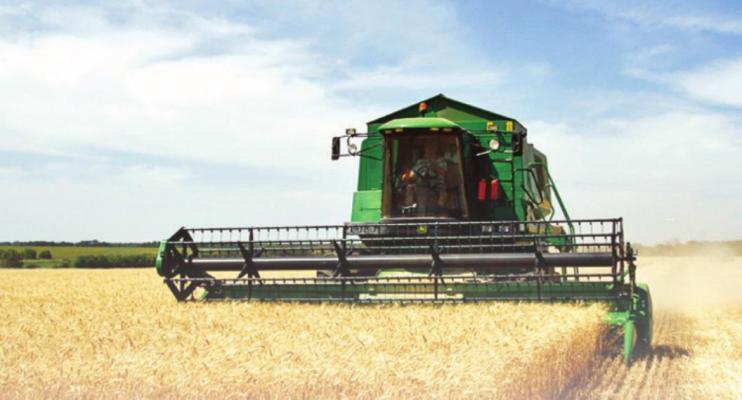On Nutrition:
Agriculture workers deserve our support
We were having breakfast at a hotel in eastern Colorado when the manager decided to give us his opinions on the state of the world. And he was very vocal about what needed to change in his community in particular.
“You know,” he said, “Like it or not, agriculture is going belly up.”
I didn’t say it at the time — my mouth was full of Raisin Bran — but I sure hope he’s wrong. Besides that our trips to the grocery store would be extremely disappointing if there were no farmers or ranchers to produce our food, a whole host of other products would also be sorely missed.
I thought more about this as we headed into west Texas and drove past acres and acres of cotton fields. Cotton is one of my favorite fabrics for clothing, sheets and towels. It can also be woven into velvet, corduroy, denim, jersey and flannel. I was also surprised to learn that the dried stalks left after cotton is harvested can be used to produce paper and cardboard. I’d sure not want to live in a world without this valuable crop.
If animal agriculture went “belly up” as this gentleman predicted, we’d also be missing much more than milk, eggs, cheese and meat. Leather for shoes, purses, upholstery and footballs are made from cowhide, for example. Tennis racket strings and surgical sutures also come from cattle, as well as various medications such as heparin (an anticoagulant drug) and the ingredients for anti-rejection drugs needed by transplant patients.
And what do crayons, candles, dish soap, deodorant and tires have in common? They all are made with beef byproducts, according to the Arizona Beef Council.
Corn is another versatile crop. Products derived from corn include fresh corn, popcorn, corn meal, corn starch, corn syrup and corn oil. And don’t forget ethanol, a fuel produced with corn.
As we look for more and more ways to sustain our world for the long term, here’s some good news from the United States Department of Agriculture. In 2011, a bushel of corn was produced with 40% less land, 40% less energy, 50% less water, 60% less soil erosion and 35% fewer greenhouse gases than in 1980. We can thank improved technology and stewardship of farmers and ranchers for that.
As we drove from one agricultural community to the other, I came to realize what a big job it is to keep animals and crops and fields healthy and productive. And that job is done by less than 2% of our American population, according to the American Farm Bureau Federation. I’d say they deserve our support.
(Barbara Intermill is a registered dietitian and certified diabetes educator affiliated with Community Hospital of the Monterey Peninsula. She is the author of “Quinn-Essential Nutrition” (Westbow Press, 2015). Email her at to barbara@quinnessentialnutrition.com.)

